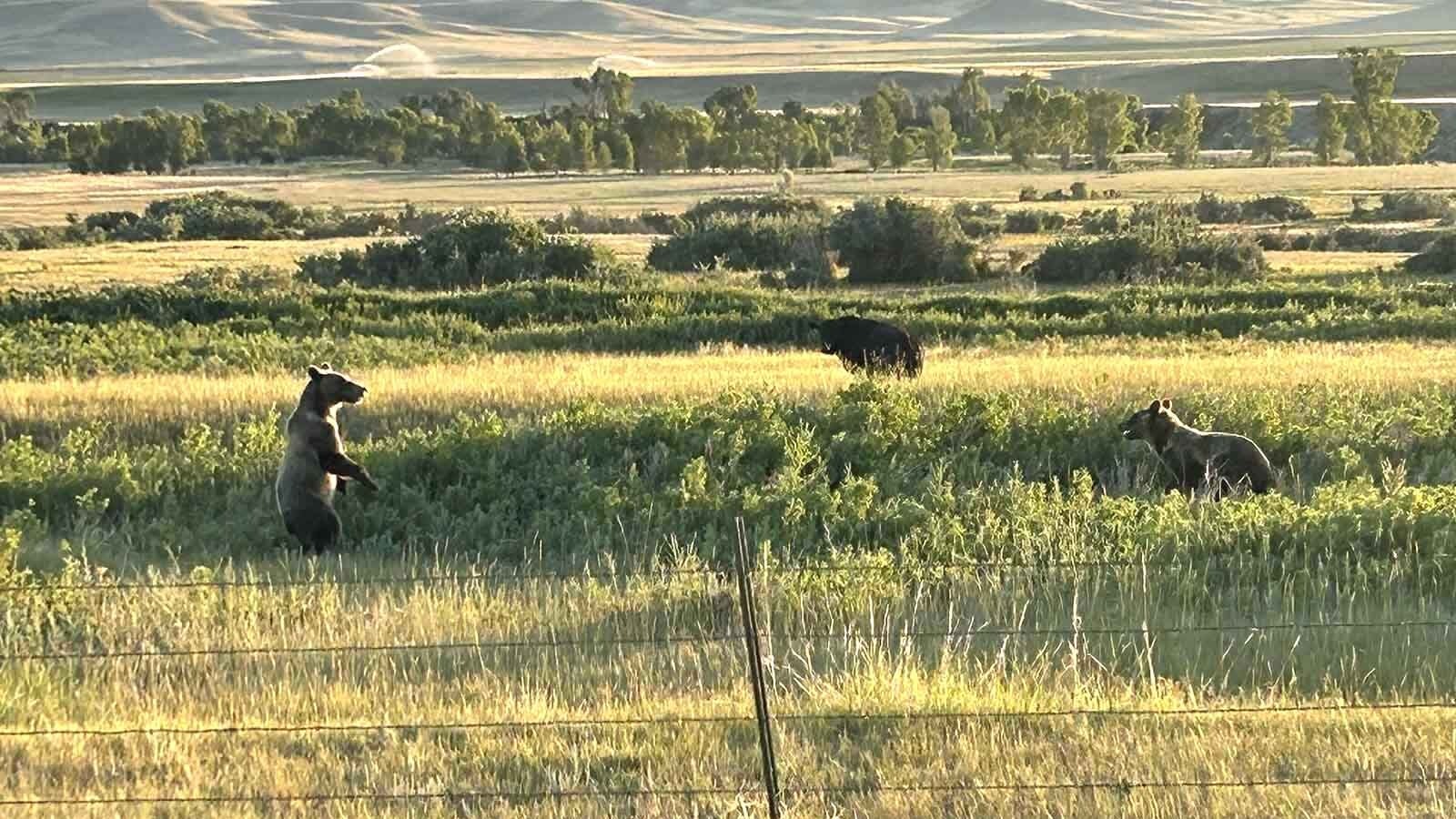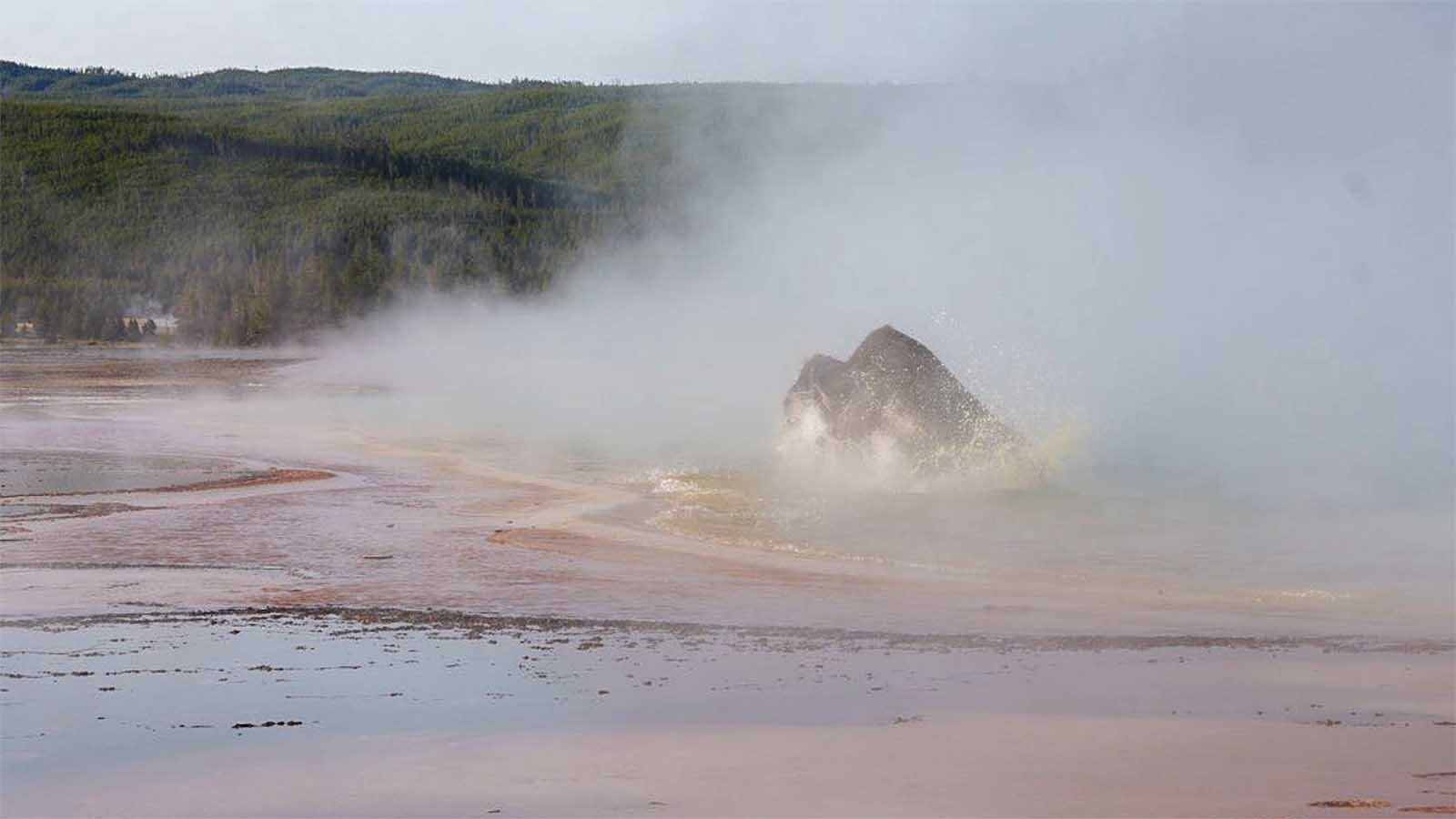**For All Things Wyoming, Sign-Up For Our Daily Newsletter***
While some national media outlets in the past month implied that climate change was at the root of flooding in Yellowstone National Park, some weather experts are cautioning against drawing hasty conclusions.
“This had very little to do with climate change,” said Cliff Mass, a University of Washington professor of atmospheric sciences. “In global warming, you would expect to see less snowpack. This year, we’ve had a cool, wet spring – that’s not warming conditions.”
Cowboy State Daily Meteorologist Don Day Jr. agreed with Mass’ assessment, adding the verdict is still out and could be for some time to come.
“Whether climate change had an impact on the Yellowstone flooding is something to be determined in post-analysis,” Day said. “Let’s apply some science to this before we make the statement, ‘Climate change played a role.’”
While Day might be a household name for many Wyoming residents, Mass has worked in weather science since 1981 and specializes in weather and climate prediction in the western U.S. In 2008, he started his weather blog and authored “Weather in the Pacific Northwest.” And for the past two years, he’s hosted the podcast, “Weather with Cliff Mass.”
Rather than blame global warming, both attributed the flooding to a culmination of weather factors, which when combined created a perfect storm or, as some meteorologists have labeled it, a “thousand-year weather event.”
The West experienced a cool, wet spring, slowing snow melt throughout Yellowstone’s mountains, which also saw an above average accumulation of snowpack — in some cases more than 1,000% of average, Mass said.
“The key thing was the snowpack,” he said. “A few days before the flooding, it got kind of warm and some of that snow started melting at mid-elevation.
“Then, we had an atmospheric river come in, which brought a plume of moisture,” he continued
A long, flowing region of the atmosphere that carries water vapor through the sky, the atmospheric river did two things: produced unusually heavy precipitation over the basin and warmed the area even more, Mass said.
“We had a double whammy of rapid snow melt and heavy precipitation,” he said. “The two of them together threw tremendous amounts of water into the rivers around Yellowstone, causing the flooding.”
As a result of these factors, the Yellowstone River experienced peak levels of about 49,000 cubic feet on June 13, more than doubling the river’s level in a 24-hour period, the U.S. Geological Survey reported.
The thing to remember is that despite the catastrophe, no lives were lost, Day said.
“I don’t think enough news outlets are emphasizing that fact,” he added.
The West, and especially western mountain ranges, is no stranger to flash flooding. Day said examples predate the climate change conversation by decades, such as the Thompson Flood in the ’70s.
In 1976, the Big Thompson River flooded near Estes Park, Colorado, as a result of heavy precipitation brought by thunderstorms. Reported as one of Colorado’s deadliest natural disasters, the weather event claimed the lives of 144 people.
In 2013, about a week of heavy precipitation on Colorado’s Front Range led to flooding in Estes Park, which claimed nine lives and damage estimates ranged up to $4 billion.
Flood waters in Lusk knocked out a highway bridge in 2015 and caused significant damages to homes and businesses throughout the town.
In 2021, a “500-year rain event” in Glenwood Canyon, Colorado, caused debris flows that closed Interstate 70 for weeks, however, no lives were lost.
These are but a few of the numerous floods that have occurred throughout the region in recent memory.
“Anything weather is news these days,” Day said. “The ability for us to hear about these events quickly and frequently does not necessarily mean they are happening more frequently.”
Mass said the flooding in Estes Park and Glenwood Canyon were caused by late-season thunderstorms and monsoonal rains, making them distinctly different from the Yellowstone flooding, in which snowpack played a major role.
No matter the cause of each individual flood, Mass said he was not convinced climate change was anything more than a contributing factor, and a small one at that.
“Let’s assume the planet has warmed up 1 degree Celsius and call it climate change,” he said, regarding the Yellowstone flooding. “And, let’s assume that increased the moisture in the air by 7%. That might have accounted for about a tenth of the precipitation that fell in some areas. It wouldn’t have made a difference.”
“We would have still received unbelievably large amounts of precipitation,” he added.





